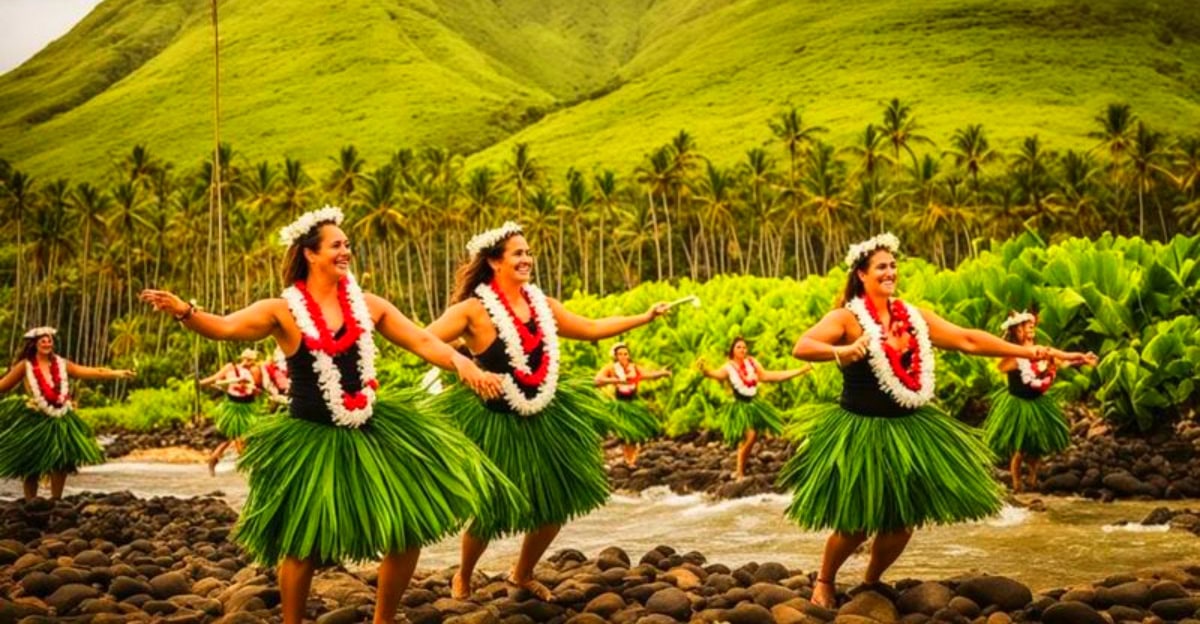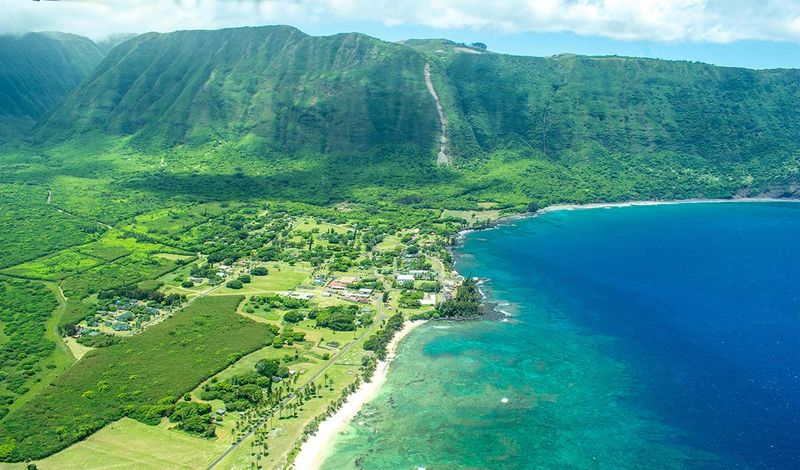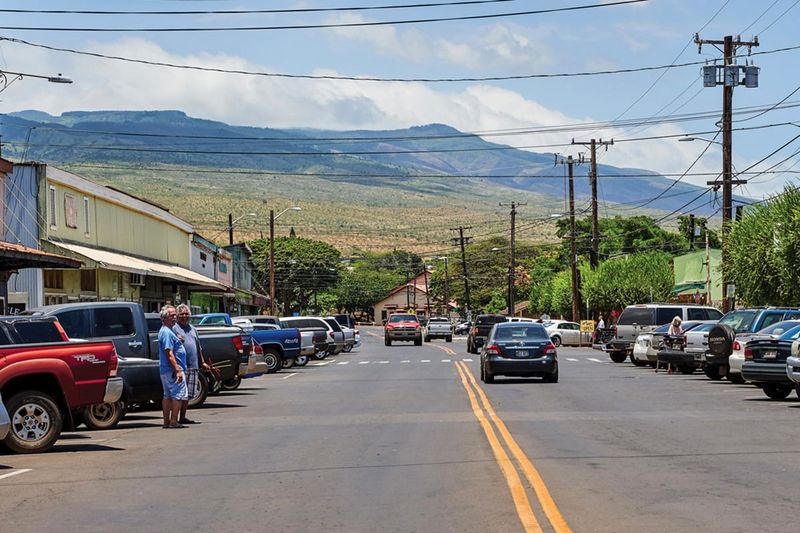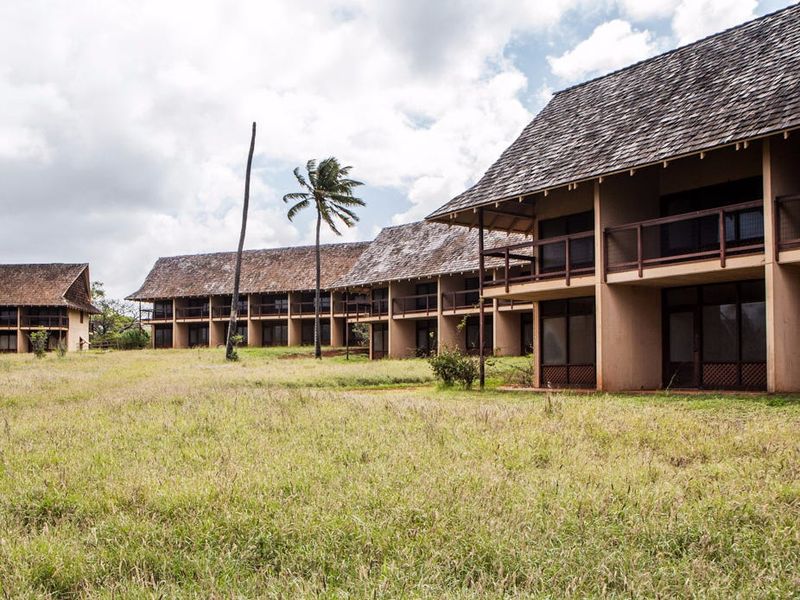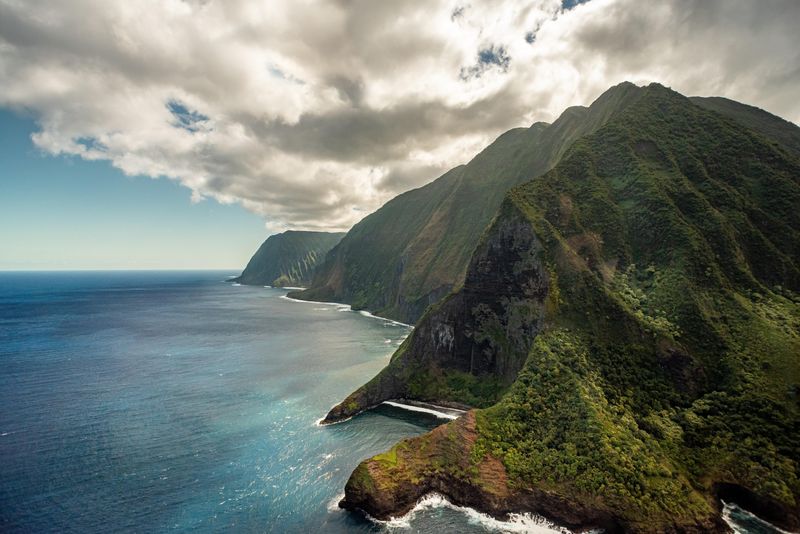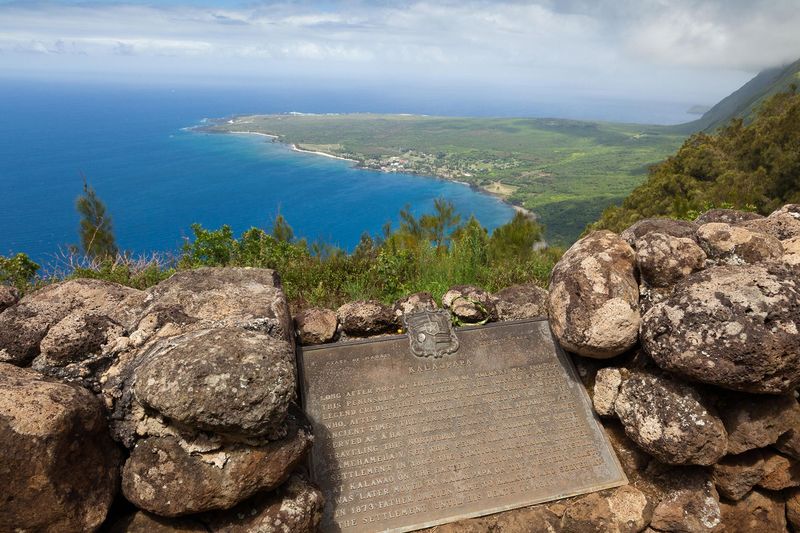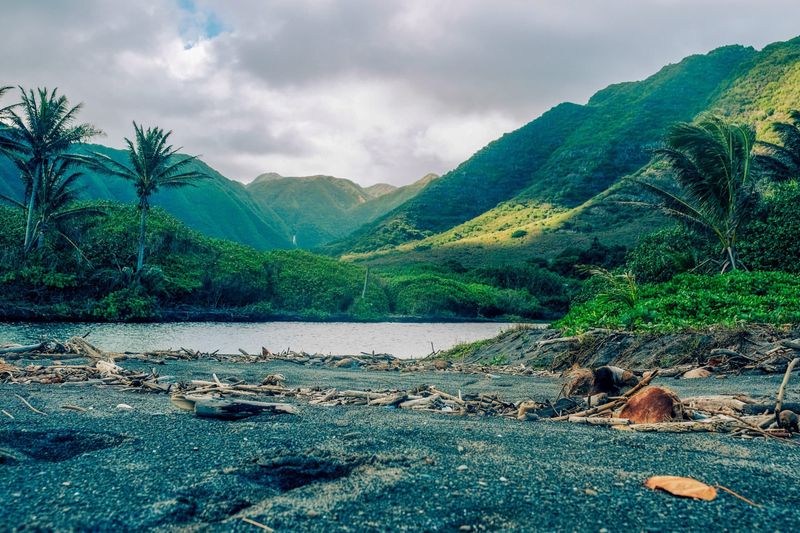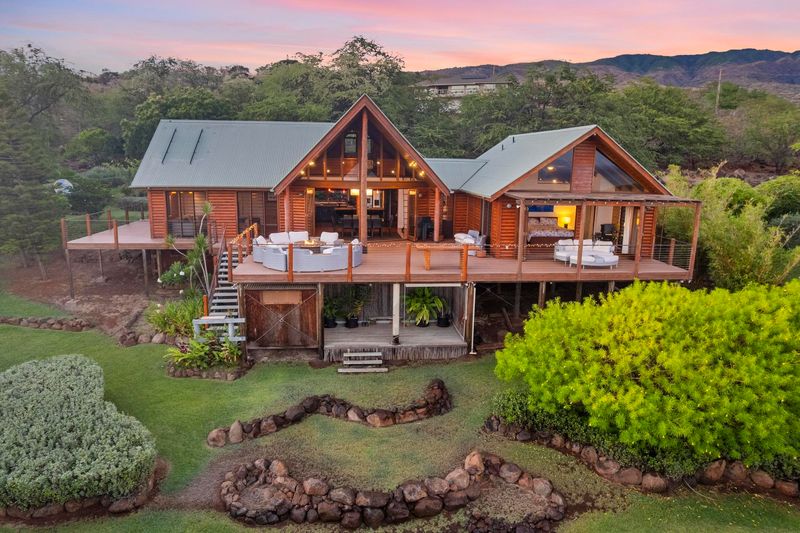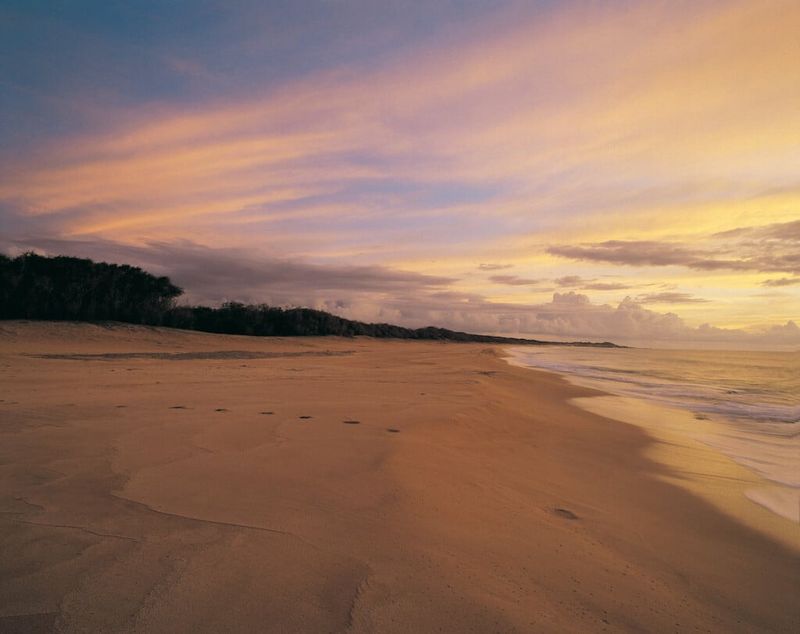Molokai stands apart from Hawaii’s busy tourist islands as a peaceful retreat where time seems to slow down. Known as the “Friendly Island,” this hidden gem offers visitors a chance to experience authentic Hawaiian culture without crowds or commercialization. With no traffic lights, abandoned resorts, and dramatic natural beauty, Molokai provides the perfect escape for travelers seeking genuine island life.
1. Experience True Aloha Spirit in Small-Town Hawaii
Molokai earned its nickname “Friendly Island” through generations of residents who welcome visitors like family members. Walking through Kaunakakai town, strangers wave from pickup trucks and shop owners remember your name after one visit.
Local families often invite travelers to community events, from Saturday farmers markets to impromptu beach barbecues. This genuine warmth creates connections that last long after vacation ends.
Unlike tourist-heavy islands where aloha feels rehearsed, Molokai’s hospitality comes straight from the heart of people who choose community over commerce.
2. Navigate an Island Without a Single Traffic Light
Picture driving across an entire Hawaiian island without stopping for a single red light. Molokai makes this dream a reality with its completely traffic-light-free roads that wind through pristine landscapes.
Highway 450 stretches along the southern coast, offering uninterrupted ocean views where your biggest traffic concern might be a wandering chicken. The island’s two main roads connect seamlessly, allowing peaceful drives at your own pace.
This absence of traffic controls reflects Molokai’s unhurried lifestyle, where people drive slowly enough to wave at neighbors and stop for impromptu roadside conversations.
3. Discover the Mysterious Abandoned Sheraton Resort
The ghostly remains of Sheraton Molokai Lodge tell a fascinating story of island resistance to mass tourism. Closed in 2008, this once-luxurious resort now stands empty, its golf course returning to native vegetation.
Local opposition to large-scale development helped seal the resort’s fate, as residents chose preservation over profit. Walking past the abandoned buildings feels like exploring a modern-day archaeological site.
This deliberate rejection of mega-tourism makes Molokai unique among Hawaiian islands, proving that some places value authenticity over easy money from resort chains.
4. Marvel at the World’s Tallest Sea Cliffs
Molokai’s north shore boasts the planet’s highest sea cliffs, towering over 3,500 feet above crashing Pacific waves. These ancient volcanic formations create a natural wall that protects hidden valleys and waterfalls from outside intrusion.
Helicopter tours offer breathtaking perspectives of these massive cliffs, while boat excursions provide dramatic views from below. During winter months, humpback whales often breach in waters beneath these towering walls.
The sheer scale of these cliffs puts human existence into humbling perspective, reminding visitors of nature’s incredible power and artistry.
5. Immerse Yourself in Living Hawaiian Traditions
Molokai preserves Hawaiian culture in ways that feel authentic rather than performed for tourists. Families still practice traditional taro farming in Halawa Valley, using methods passed down through countless generations.
Local hula schools teach children ancient dances that tell stories of their ancestors, while elders share legends around evening fires. Community members gather regularly for traditional fishing, weaving, and storytelling sessions.
This cultural preservation happens naturally through daily life, creating opportunities for respectful visitors to witness genuine Hawaiian traditions in their original context.
6. Explore the Sacred Kalaupapa Peninsula
Kalaupapa National Historical Park preserves one of Hawaii’s most powerful and heartbreaking stories. This remote peninsula served as a settlement for people with Hansen’s disease, who were forcibly separated from their families in the 19th century.
Guided tours, accessible by mule ride or hiking, share stories of courage and community among residents who created meaningful lives despite isolation. Father Damien’s work with patients earned him sainthood recognition.
Visiting Kalaupapa requires advance planning and respectful attitudes, as this sacred place honors both suffering and resilience in Hawaiian history.
7. Enjoy Solitude on an Island of 7,500 Residents
With fewer people than many small mainland towns, Molokai offers genuine solitude that’s increasingly rare in modern Hawaii. Entire beaches stretch empty for miles, broken only by occasional monk seal sightings.
This small population means personal space and quiet reflection come naturally. Hiking trails remain uncrowded, allowing peaceful communion with nature and wildlife encounters without human interference.
The island’s low population density creates an almost private island feeling, where visitors can experience Hawaii’s natural beauty without competing for space or perfect photo opportunities.
8. Shop Local at Family-Owned Island Businesses
Forget corporate chains and big-box stores – Molokai’s economy runs on family businesses that have served the community for generations. Kanemitsu Bakery’s famous hot bread draws late-night lines of locals and visitors alike.
Small markets like Misaki’s sell everything from fishing supplies to homemade plate lunches, while family-run shops offer unique crafts and locally-made products. These businesses create personal connections between owners and customers.
Shopping locally on Molokai means supporting families who chose island life over mainland opportunities, keeping money within the community while preserving authentic island character.
9. Witness Island-Wide Commitment to Sustainable Living
Molokai residents pioneered sustainable island living long before it became trendy. Solar panels crown many homes, while rainwater catchment systems provide fresh water independence from expensive municipal supplies.
Local farmers grow diverse crops using traditional methods, creating food security while protecting soil health. Many families fish sustainably, taking only what they need while respecting ocean resources.
This environmental consciousness stems from practical necessity and cultural values that view land and sea as family members deserving protection rather than resources for exploitation.
10. Step Back to Old Hawaii’s Timeless Pace
Molokai operates on “island time” in the truest sense, where schedules bend to accommodate conversations and unexpected encounters. Sunset watching becomes a community event as families gather at Papohaku Beach for evening rituals.
Life moves according to natural rhythms rather than digital demands. Stores might close early if fishing conditions look perfect, and social gatherings continue until the last story gets told.
This unhurried approach to daily life offers visitors a chance to disconnect from constant connectivity and reconnect with simpler pleasures like stargazing and ocean swimming.
